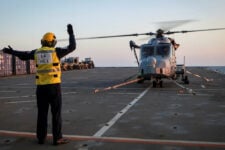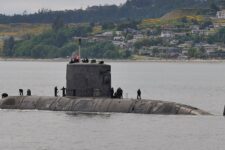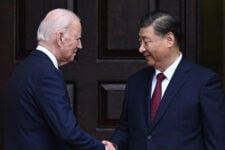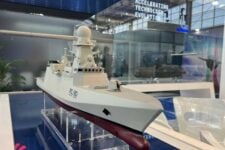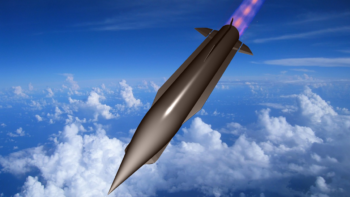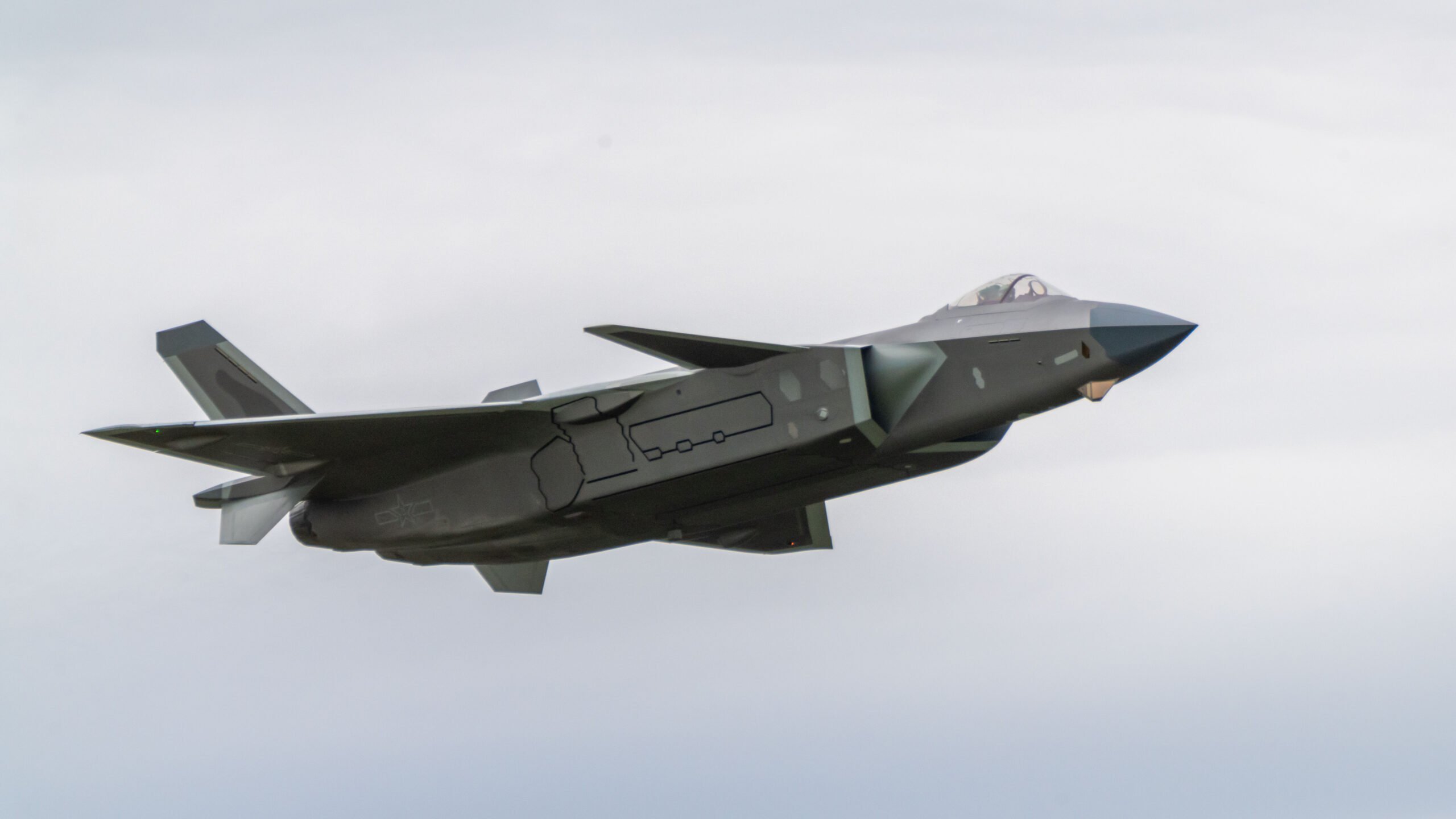
China is at work on a sixth-generation fighter jet, meant to replace the current J-20 model, shown here. (Photo by Yang Kunye/VCG via Getty Images)
WASHINGTON — With China “on track” to develop a sixth-generation fighter, the US Air Force needs to ensure it fields its own next-generation fighter first, the head of Air Combat Command said recently.
“I cannot tell you today what’s going on in China except they’re planning for their 20th National Party Congress [in October]. But I can tell you what’s not happening. They’re not having a debate over the relevance of six-gen air dominance. And I can also tell you they’re on track,” ACC commander Gen. Mark Kelly said during a roundtable with reporters at the Air and Space Force Association’s Air, Space and Cyber conference last week.
The US Air Force needs to “make sure we get to six-gen air dominance at least a month prior to our competitors,” Kelly said.
While most nations — including the United States — have divulged little information about their sixth generation fighter programs, China has been even more secretive about its efforts.
During a 2019 interview, Wang Haifeng, chief designer for the Chengdu Aerospace Corporation, stated that China was conducting pre-research on a next-generation fighter, with an eye to having a new capability ready to “protect the sea and sky” by 2035.
While Wang said little about China’s design, he pointed to several elements that he believed would characterize future US fighter capability, such as being able to team with drones, the use of artificial intelligence, improvements in stealth and omnidirectional sensors. Designs could also feature “less certain” disruptive technologies, such as drone swarms, lasers and adaptive engines, he said.
Currently, the US Air Force is on track to become the first six-gen fighter user, provided it can begin fielding its Next Generation Air Dominance family of systems on time — “by the end of the decade,” according to Air Force Secretary Frank Kendall. The service first flew a manned NGAD prototype in 2020, and Kendall has said the service could pick a manufacturer for the program in the near future.
However, the program is very complex — with a family of systems that includes a manned fighter, new weapons and likely several varieties of drones — and will be hugely expensive, with the manned NGAD fighter costing “hundreds of millions” per unit, according to Kendall. All of that could drive potential schedule delays, closing the gap between the US and Chinese timelines.
During the roundtable, Kelly said that China’s conception of a sixth-generation fighter seem to mirror the United States’ own.
“By and large is they see it greatly the way we see it in terms of an exponential reduction in signature and exponential acceleration in processing power and sensing, and the ability to iterate in terms of open mission systems, to be able to essentially reprogram at the speed of relevance,” Kelly said. “The differences, I think, are a nuance.”
For instance, China tends to slowly iterate from one fighter variant into another, such as how China morphed Russia’s Su-27 and Su-30 into its domestically produced J-16, Kelly said. By contrast, American aircraft design is characterized by large jumps in capability.
“We as a nation, we tend to let go of the trapeze and kind of make a leap for the next rung. Our Chinese frenemies, they tend to iterate,” he said. “That makes a little bit easier for them to grab the rung when they go off-pitch.”
Although Kelly raised alarms that China could outpace the US when it comes to sixth-generation capabilities, Pacific Air Forces commander Gen. Kenneth Wilsbach had a much more muted reaction when asked about China’s current fighter capabilities on Sept. 19.
China’s fifth-generation J-20 is “nothing that I would worry too much about,” Wilsbach told reporters. “It’s their most modern aircraft. We’ve had a limited opportunity to assess it. Seems okay. It seems okay. It’s not anything to lose a lot of sleep over, but they seem to be a building a lot of them.”

